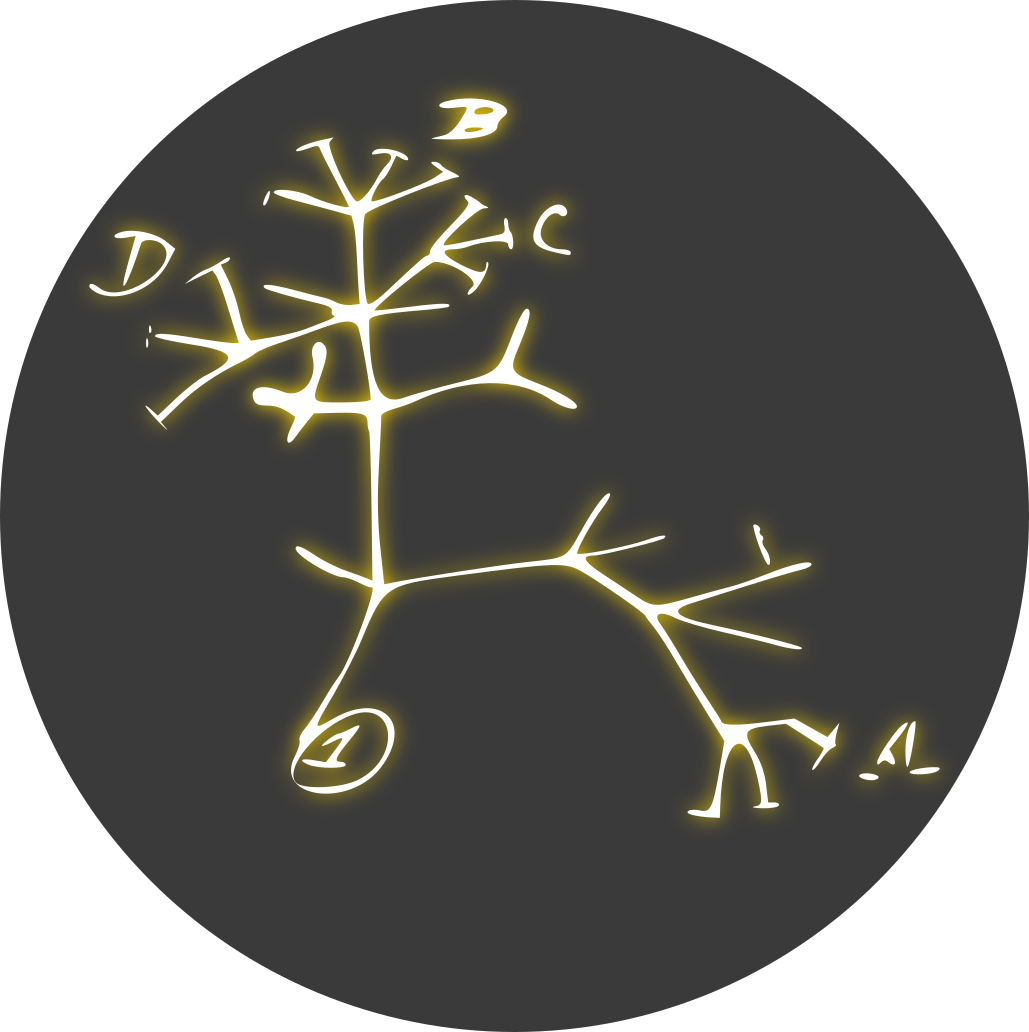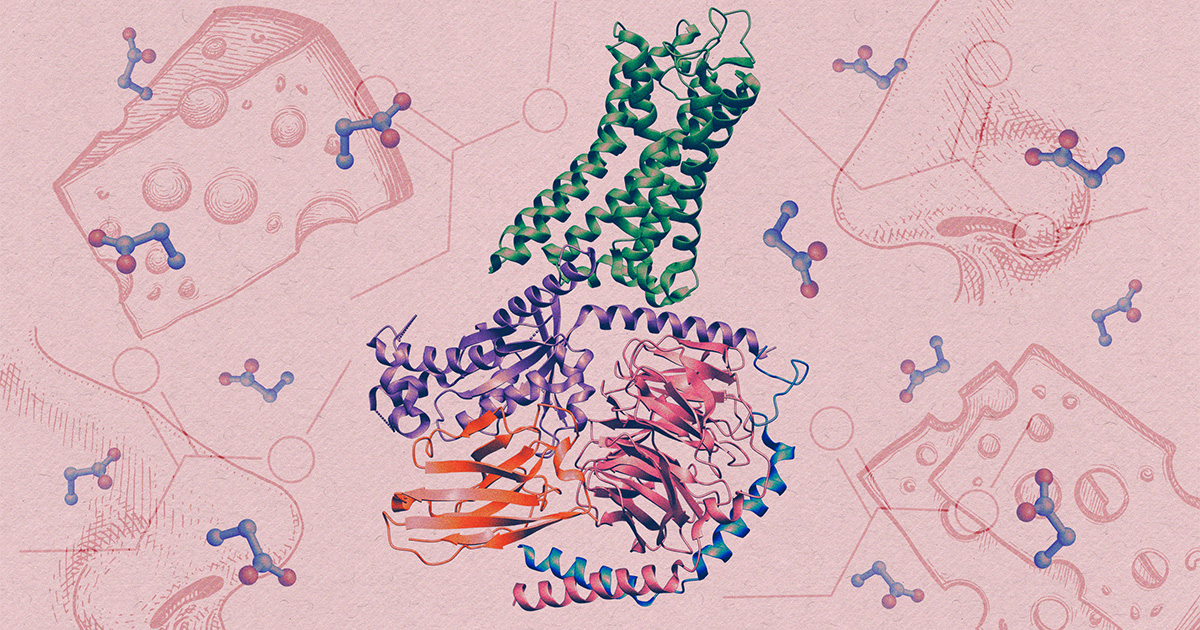There is a controversial theory of smell that I find fascinating. The hypothesis was put forward by Luca Turin (video), and the idea is that the several of the receptors involved in the perception of smell are not the typical ‘lock-and-key’ receptors that can sense the shape of molecules, but instead work via a mechanism that is able to sense specific molecular vibrations. This might be achieved via an electron transfer reaction in which the electron transfer can only happen if a molecule that contains a vibration with the right frequency is present in the binding pocket.
One reason why this hypothesis is compelling is because we it seems like we are able to recognize molecules with specific atoms and functional groups. One dramatic example I know of is sulfur compounds. We can easily sense a ‘sulfur’ smell, even if the sulfur-containing molecules are very different.
For example, compare ethanol to ethanethiol: their shapes are quite similar, but the ethanethiol has a strong sulfur smell. Simple alcohols in general have an ‘alcoholic’ smell, and thiols have a ‘sulfur’ smell.
When I saw this paper originally I became very excited because I thought that this would finally lay this hypothesis to rest (or confirm it), but it turns out that the receptor that was studied is a specific receptor of a particular class and does not contain the class of receptors that can sense alcohols and thiols… So the vibration theory of odor still stands!
I hope that an odor receptor sensitive to sulfur-containing compounds is solved soon! I am very curious.
I have never heard of anything like this. Please post if you hear anything new about this theory
For sure, I will ^_^



